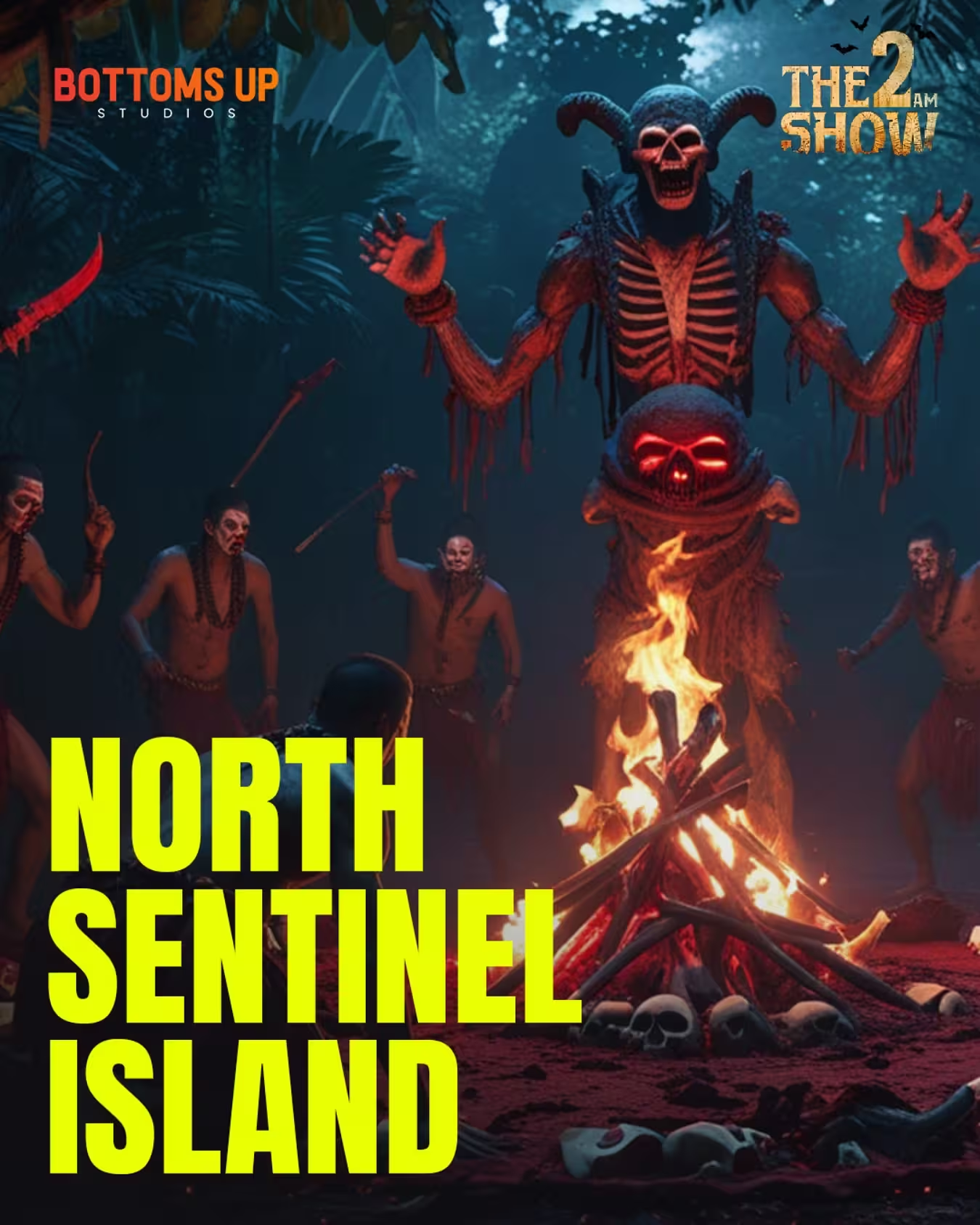North Sentinel: Earth’s Dangerous Outpost
Journey into the forbidden and perilous world of North Sentinel Island—a true enigma !!!!

Image: Instagram
North Sentinel Island, long shrouded in mystery and danger, has captured the public’s imagination once again. In a new episode of The 2 AM Show, renowned storyteller Daljiet Kaur ੴ takes viewers on an in-depth journey to explore why this remote island is reputed as the most dangerous place on Earth.
A Glimpse Into The Forbidden
Buried in the Bay of Bengal, North Sentinel Island is home to an indigenous community that has successfully resisted contact with modern society. The island is not only physically isolated but also legally off-limits. Authorities strictly enforce a ban on outsiders visiting its shores to protect both the native Sentinelese people and potential visitors from the perils of unfamiliar diseases and unpredictable encounters.
The episode, as highlighted by the caption ‘Why North Sentinel Island is the Most Dangerous Place on Earth,’ invites audiences to brace themselves for a journey into one of the world’s most forbidden and misunderstood locales. Daljiet Kaur, a prominent face in storytelling and a noted figure on social media, presents the historical context, legal implications, and the inherent risks associated with any attempt to breach the island’s shores.
Unpacking The Island’s Perilous Reputation
Many have wondered what makes North Sentinel Island so uniquely dangerous. From a distance, its dense forests and rugged shoreline evoke images of an untouched, almost mystical, territory. However, the reality is far more cautionary. The island’s native Sentinelese are known for their isolationist stance. Engagement with them, as history has shown, can rapidly turn hostile, posing severe risks for anyone attempting such contact.
The narrative detailed in the episode draws on a combination of historical encounters and recent discussions that have spread online. It reminds viewers that the island is not merely a relic of the past but remains a potent symbol of nature’s unyielding power and humanity’s limited understanding of untouched cultures. Experts note that while the island’s rugged terrain and unexplored interior are impressive, they also harbor dangers—from unpredictable weather patterns to the risk of contracting diseases for which local immunity is non-existent.
Drawing parallels with other controversial destinations featured on The 2 AM Show – such as the lost city legends in the Himalayas or even modern geopolitical conflicts – the episode uses North Sentinel as a case study for places where the allure of the unknown meets the stark realities of survival and cultural preservation. In doing so, the show provides viewers with a balanced perspective: a blend of curiosity and sober respect for local laws and indigenous ways of life.
Daljiet Kaur’s engaging presentation style is crucial to the episode’s appeal. Known for her precise storytelling and deep research instincts, she refrains from sensationalizing the island’s mysteries but instead grounds her analysis in historical facts and ethical considerations. Her commentary emphasizes that while North Sentinel Island undoubtedly ranks among the most dangerous places on Earth, the danger is not just physical. It is also symbolic—a reminder of humanity’s sometimes intrusive interest in regions that have long thrived on distance and self-sufficiency.
The show also examines the ongoing debate among anthropologists, government officials, and human rights advocates. While some underscore the security and preservation of the Sentinelese culture, others point out the potential benefits of cautious contact. Yet, the prevailing sentiment remains clear: any form of contact has the potential to disturb a fragile equilibrium and cause irreversible harm to the island’s indigenous community.
In addition to the eye-opening narrative, viewers can appreciate the visual journey that accompanies the episode. The featured Instagram image—a striking snapshot that captures the remote coastline with its rugged terrain and misty horizons—resonates deeply with the island’s eerie and forbidden aura. The image reinforces the idea that some parts of the world are best left untouched, preserving their mystery and respecting the sovereignty of their native inhabitants.
The episode, now available via the link in bio, fits neatly into a broader series of explorations by BottomsUp Studios. Previous episodes have tackled subjects ranging from geopolitical tensions to the legends of lost cities, making this a well-rounded addition to a portfolio that continuously challenges viewers to rethink their perceptions of danger, mystery, and cultural preservation.
The discussion around North Sentinel Island has also spurred an active dialogue on social media. Critics and enthusiasts alike are debating whether the island’s notoriety is a direct consequence of global fascination with the unknown or an overblown myth that has been misinterpreted over decades. Nonetheless, the conversation underscores a universal theme: the lure of the forbidden always carries with it a double-edged sword of wonder and warnings.
By the end of the episode, it becomes clear that North Sentinel Island is more than just a geographic location—it represents a powerful reminder of nature’s dominion and the respect it commands. The episode encourages a thoughtful reflection on the boundaries between exploration and exploitation, between the allure of discovery and the ethical responsibilities we hold towards isolated cultures.
This journey into one of Earth’s most dangerous outposts is not just about thrills or sensational travelogue. It’s a call to understand the value of preservation over intrusion, and a narrative that challenges us to consider the cost of curiosity in a globalized world.
Read full bio of Glendon Moss
























